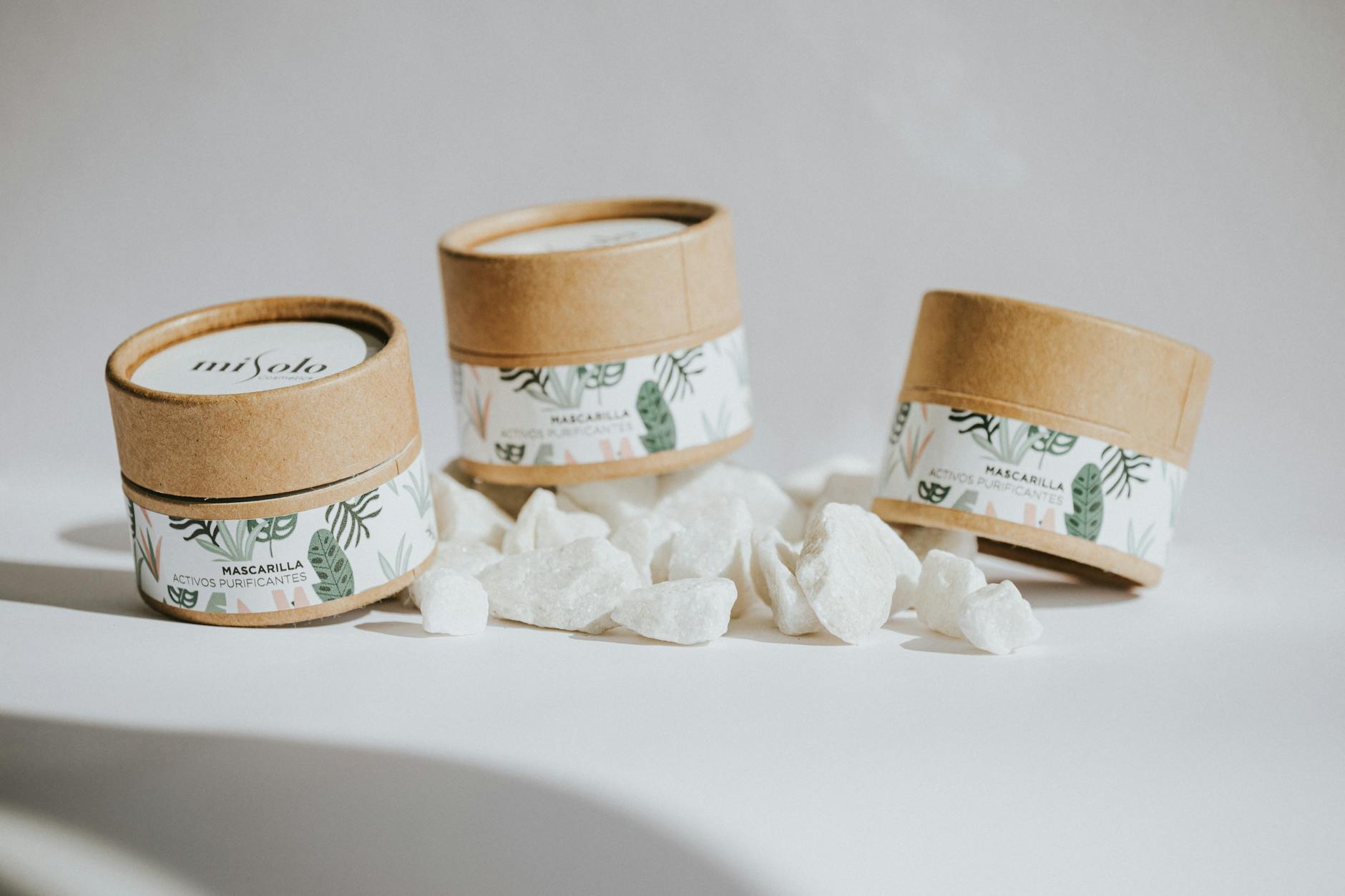Is Your Sunscreen Harmful to Australia's Coral Reefs? Discover the Eco-Friendly Options

Impact of Sunscreen on Reefs
As someone deeply connected to the aquatic wonders of Australia, specifically the renowned Great Barrier Reef, I'm acutely aware of how crucial our daily choices are for preserving this delicate ecosystem. One of the significant, yet often overlooked, factors is the type of sunscreen we use. Traditional sunscreens can contain chemicals like oxybenzone, which are known to harm marine life. These substances contribute to coral bleaching, threatening the vibrant reefs that are home to countless marine species.
When selecting sun protection, especially for young families who are beginning to explore the sustainability journey, opting for a zinc sunscreen can make a world of difference. Zinc oxide is considered more reef-friendly compared to chemical alternatives. It's effective in reflecting harmful UV rays and simultaneously reduces the environmental impact when swimming in the ocean.
For those of you exploring the sun-soaked beaches and crystal-clear waters, including the Cairns Esplanade Lagoon, consider investing in quality baby sunscreen for your little ones. Not only do these options protect sensitive skin, but they also align with conservation efforts to preserve marine life for future generations.
By sharing real-life stories of conservation triumphs and challenges, I aim to inspire others to adopt more eco-conscious behaviours. Let’s work together to ensure that the lush underwater landscapes continue to thrive for years to come, enriching our lives with their beauty and diversity.
Choosing Eco-Friendly Sunscreens
Selecting the right kids sunscreen is essential, especially when considering the health of our marine sites like the Great Barrier Reef. As families embark on their eco-adventures, it's crucial to arm them with information to minimize their environmental footprint while ensuring the delicate ecosystems they explore remain untouched.
Identifying Safe Ingredients
When choosing eco-friendly sunscreens, look for ingredients that are essentially natural minerals such as zinc oxide and titanium dioxide. These are preferred as they create a physical barrier against UV rays rather than the chemical reaction caused by conventional sunscreens, which often contain harmful compounds like oxybenzone and octinoxate.
Natural vs. Synthetic Options
Natural options like mineral-based sunscreens are not only safer for the reef but also gentler on sensitive skin. Unlike synthetic sunscreens, which might include a cocktail of chemicals, natural sunscreens provide broad-spectrum protection without the potential ecological drawbacks.
Trusted Certifications
In order to identify reputable reef-safe products, opt for sunscreens that boast trusted certifications. Look for labels such as “Reef Safe” or “Eco-Cert,” which affirm the product's dedication to sustainability. Prioritizing certified products gives you peace of mind, knowing that your sunscreen choice aids in the conservation of treasured landmarks like the Daintree Rainforest.
Such choices in sunscreen not only support your health but also uphold the sustainability of breathtaking locales ready for your exploration.
Application Tips for Durability
Proper Timing
In the vibrant world of eco-tourism, timing is crucial, especially when it comes to applying sunscreen. I often tell my clients it's best to apply sunscreen at least 15 minutes before venturing out. This leads to optimal protection as it allows the sunscreen to fully bind with your skin, forming an effective barrier against the sun's rays. During our eco-tours at the Great Barrier Reef, I emphasize this timing to enhance visitors' overall experience while safeguarding their skin.
Amount to Use for Protection
Finding the right amount of sunscreen can be as essential as choosing the correct type. I usually advise families to use about a teaspoon of reef safe sunscreen for each arm, the face, and neck, and a bit more for each leg. Spending a day at the Cairns Esplanade Lagoon underlines the importance of adequate coverage to fend off the harsh Australian sun. The goal is to cover all exposed skin without rubbing it in too thin and missing spots.
Reapplication Strategies
One of the stories I share is how even the most diligent application can lose its efficacy after a swim or sweat. Therefore, I recommend reapplying sunscreen every two hours, especially after swimming or towel drying. It’s a practice I've observed among experienced tour operators who ensure their clients remain protected as they explore the wonders of the reef. By maintaining these habits, we contribute to a more sustainable way to enjoy outdoor adventures.
Educating Tourists on Reef Safety
Simple Explanations for Clients
While leading expeditions across the vibrant Great Barrier Reef, I’ve found that keeping things simple is key when discussing marine safety. Whether you’re introducing a new visitor to these wonders or engaging repeat explorers, a straightforward conversation can make a difference. I always emphasize using natural sunscreen to protect our delicate ecosystems. Unlike many conventional options, these sunscreens often lack chemicals that harm marine life. Their formulations utilize minerals that are less likely to bleach coral, making them a smarter choice for eco-conscious adventurers.
Demonstrations in Tour Briefs
Before we set out to explore, I provide brief demonstrations. In these sessions, I apply sunscreen to show how little disruption it causes under water. I introduce the idea that using a small amount can ensure safety without compromising the reef’s health. This visual explanation often leaves a memorable impact, helping tourists connect our actions with their global impact.
Encouraging Sustainable Practices
Throughout my guided tours, encouraging sustainable practices remains a priority. I gather stories from visitors who’ve altered their habits and share their experiences, highlighting how little changes make an enormous difference. From switching to reef-safe products to carrying reusable bottles, these minor adjustments can shed light on a bigger mission: safeguarding the precious marine environments you’re here to witness.
Avoiding Sunscreen Missteps
The Importance of Ingredient Lists
As you embark on your eco-friendly journey to marvel at the wonders of the Great Barrier Reef or stroll beneath the lush canopy of the Daintree Rainforest, remember that not all sunscreens are created equal. Overlooking the ingredient lists can inadvertently harm these delicate ecosystems. Many sunscreens contain chemicals like oxybenzone and octinoxate, which are harmful to coral reefs. Opt for products labelled as "reef-safe" and always verify by reading the full ingredient list. Your choice can make a difference in preserving these natural treasures for future generations.
Debunking Natural Product Myths
One prevalent uncertainty among travellers is the efficacy and safety of so-called "natural" products. While natural ingredients are often touted as environmentally friendly, they can still cause harm if not properly vetted. For instance, mineral-based sunscreens containing non-nano zinc oxide can offer reliable protection without compromising coral health. Be sure to research and select products that are genuinely beneficial for both your skin and the environment. This choice not only supports your personal health but also our planet’s ecosystems.
Reapplication: A Key Defence
While basking in the refreshing waters of the Cairns Esplanade Lagoon, you might forget the crucial step of reapplication. Failing to reapply sunscreen is a common error that leaves skin susceptible to damage and additionally increases chemical discharges into the ocean. Set reminders and make it a habit to reapply every two hours, using the recommended amount to maintain optimal protection. This simple act enhances your sun safety routine and minimises environmental impact, contributing to a more sustainable travel experience.


